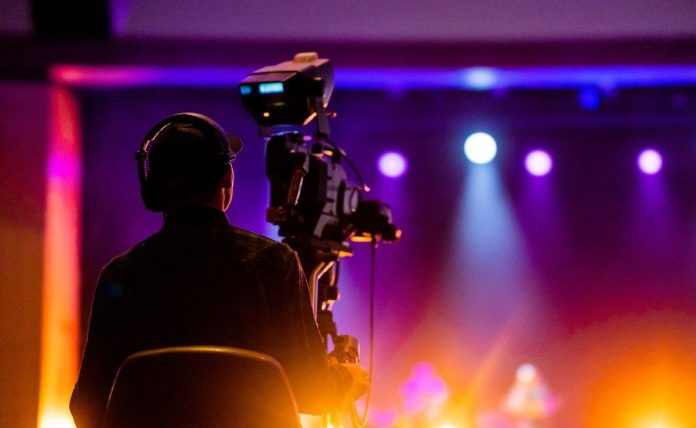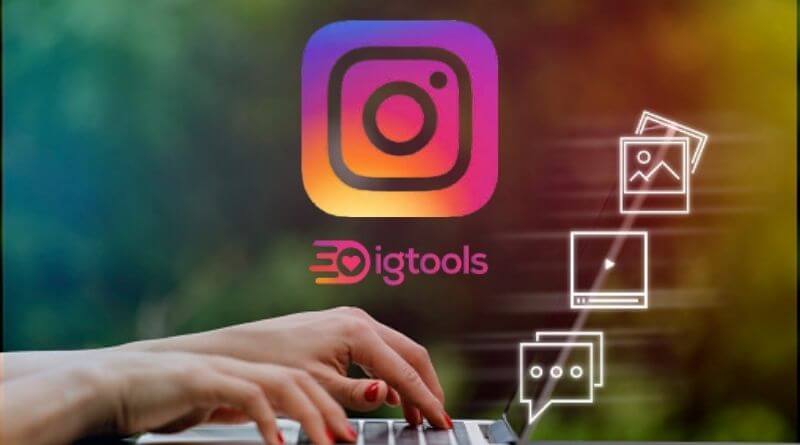In the ever-evolving landscape of digital content creation, video production platforms have become indispensable tools for creators seeking to transform raw ideas into polished, engaging narratives. These platforms serve as centralized hubs where footage is captured, edited, and distributed, streamlining what was once a fragmented process. For aspiring filmmakers, social media influencers, and corporate video specialists alike, understanding how to leverage these systems effectively can mean the difference between a forgettable clip and a viral sensation. This guide delves into the core components, strategic selections, and forward-thinking practices that empower creators to build sustainable production workflows.
Decoding the Architecture of Modern Production Ecosystems
At their heart, video production platforms integrate hardware, software, and cloud-based services into a cohesive framework designed for efficiency and creativity. Imagine a digital workshop where cameras sync seamlessly with editing suites, and collaborative tools allow teams to iterate in real time without the chaos of file-sharing mishaps. These ecosystems typically encompass pre-production planning modules, where storyboards and scripts are drafted; production phases that handle live capture and on-set monitoring; and post-production environments for refining audio, visuals, and effects.
What elevates a basic setup to a professional powerhouse? It starts with scalability. Entry-level creators might begin with mobile apps that offer basic trimming and filters, but as projects grow in complexity, the platform must accommodate high-resolution 4K or 8K workflows without lagging. Integration with external devices—such as drones for aerial shots or gimbals for stabilized handheld footage—ensures that the platform doesn’t become a bottleneck. Moreover, robust data management features, like automated backups and version control, safeguard against the dreaded “lost file” scenario that plagues even seasoned professionals.
To instructively break this down, consider the foundational layers: the capture layer focuses on input quality, emphasizing frame rates and color grading from the outset; the assembly layer prioritizes non-linear editing timelines that allow for flexible rearrangement; and the export layer optimizes for various delivery formats, from streaming embeds to downloadable assets. By mastering these layers, creators can anticipate challenges, such as syncing multi-camera shoots or balancing color across diverse lighting conditions, fostering a more intuitive creative process.
Crafting Your Ideal Workflow: From Concept to Cut
Selecting and customizing a workflow within a video production platform requires a methodical approach, one that aligns with your content goals and team dynamics. Begin by mapping out your project’s lifecycle. For a solo vlogger, simplicity reigns—opt for platforms with intuitive drag-and-drop interfaces that minimize the learning curve. In contrast, a production team tackling branded series might prioritize modular dashboards that segment tasks, ensuring directors oversee visuals while sound designers handle audio isolation.
Key to this customization is the editing engine’s prowess. Look for timeline tools that support magnetic snapping for seamless clip alignment and keyframe animation for dynamic transitions. Advanced users will appreciate AI-assisted features, such as auto-transcription for dialogue-heavy content or scene detection that flags potential cuts based on motion analysis. These elements not only accelerate production but also enhance precision, allowing creators to focus on storytelling rather than technical drudgery.
Collaboration emerges as a pivotal educational focus here. In distributed teams, real-time co-editing capabilities—where multiple users annotate timelines or approve revisions—can reduce turnaround times by up to 40 percent, based on common industry benchmarks. To implement this effectively, establish protocols early: designate roles like lead editor or feedback coordinator, and use threaded comments tied to specific frames for clarity. This structured yet flexible approach teaches creators the value of iterative refinement, turning potential conflicts into opportunities for richer final outputs.
Harnessing Audio and Visual Synergy for Compelling Outputs
No video production platform is complete without tools that bridge the gap between sight and sound, as audiovisual harmony is the unspoken language of engagement. Creators must learn to treat audio not as an afterthought but as a co-protagonist. Platforms with built-in mixers enable multi-track layering, where ambient noise is ducked under voiceovers and effects are spatialized for immersive depth. Educational tip: Always monitor levels during capture using platform-integrated meters to avoid clipping, a common pitfall that demands costly re-records.
Visually, the platform’s effects library serves as a creative arsenal. From LUTs for cinematic grading to particle simulations for fantastical elements, these assets should be accessible yet non-intrusive, allowing customization without overwhelming novices. A practical exercise for creators: Experiment with masking techniques to isolate elements, such as applying a vignette to draw eyes to a subject’s face amid a bustling scene. This hands-on method reinforces how subtle enhancements can elevate emotional impact, teaching the principle that less often yields more in post-production.
Furthermore, platforms that incorporate proxy workflows—generating low-res previews for editing before rendering full-res masters—democratize high-end production. This technique educates users on resource management, preventing hardware strain while maintaining quality fidelity. By integrating these synergies, creators develop a holistic sensibility, where every frame and frequency contributes to a unified viewer experience.
Navigating Distribution Channels with Strategic Precision
Once your video is sculpted, the platform’s distribution arm takes center stage, guiding content toward audiences with tailored strategies. Educational guidance here emphasizes metadata mastery: Embed keywords, tags, and thumbnails that resonate with platform algorithms, ensuring discoverability without gaming the system. For instance, crafting alt-text descriptions not only aids accessibility but also boosts search rankings in an era where inclusivity drives visibility.
Cross-platform compatibility is another cornerstone. A robust production hub should facilitate one-click exports optimized for vertical formats on short-form apps or widescreen for long-form sites, complete with adaptive bitrate streaming to handle varying bandwidths. Creators benefit from learning analytics integrations within the platform, which track metrics like watch time and drop-off points, informing future iterations. This data-driven loop—analyze, adjust, deploy—instills a growth mindset, transforming distribution from a mere upload into a refined art of audience connection.
Consider adaptive storytelling: Tailor aspect ratios and pacing for different venues, such as condensing a 10-minute tutorial into bite-sized reels. This modular approach educates on audience fragmentation, encouraging creators to repurpose assets efficiently and maximize return on their production investment.
Elevating Engagement Through Interactive Elements
In today’s interactive media landscape, video production platforms are evolving to incorporate viewer participation, turning passive consumption into dynamic exchanges. Creators can embed polls, quizzes, or branching narratives directly into videos, fostering deeper involvement. To educate on implementation, start small: Layer interactive overlays during key moments, like prompting choices in a how-to guide that alter subsequent segments. This not only boosts retention but also gathers real-time feedback, refining your craft through communal input.
Platforms with annotation tools allow for hyperlinked annotations, where viewers click elements to access supplementary content—think a recipe video linking to ingredient lists. The instructional value lies in balancing interactivity with narrative flow; overdo it, and the story fractures. Instead, use it judiciously to extend engagement, teaching creators the delicate balance between innovation and intuition.
Moreover, live production features within these platforms enable unscripted interactions, blending pre-recorded segments with real-time Q&A. This hybrid model educates on spontaneity management, preparing creators for the unpredictability of audience-driven content while honing their on-the-fly editing skills.
Building Resilience: Maintenance and Innovation in Production
Sustaining a video production platform demands ongoing vigilance, blending routine maintenance with proactive innovation to keep your setup agile. Regularly audit storage and update plugins to preempt compatibility issues, ensuring smooth transitions to emerging standards like HDR workflows. An educational practice: Schedule quarterly reviews of your presets and templates, archiving the obsolete to streamline future starts.
Innovation thrives when creators explore beta features, such as generative AI for preliminary storyboarding or VR integration for immersive previews. These tools, when integrated thoughtfully, expand creative horizons without disrupting established routines. The key lesson: Treat your platform as a living entity, evolving it through experimentation to stay ahead of trends like short-form verticals or AI-enhanced effects.
Ultimately, resilience in production stems from adaptability—regularly assessing how platform updates align with your vision, and adjusting accordingly. This forward-leaning posture not only safeguards against obsolescence but also positions creators to lead in a field where change is the only constant.
Forging Long-Term Creative Alliances
As creators advance, the true power of a video production platform reveals itself in its capacity to forge alliances—between tools, teams, and audiences. By cultivating these connections through consistent, educated use, you transform isolated projects into a cohesive portfolio that resonates across mediums. Whether scaling to enterprise collaborations or nurturing a personal brand, the platform becomes a trusted partner in your journey, amplifying your voice in the vast digital chorus. Through deliberate practice and strategic evolution, every creator can harness this ecosystem to not just produce videos, but to inspire lasting impact.









